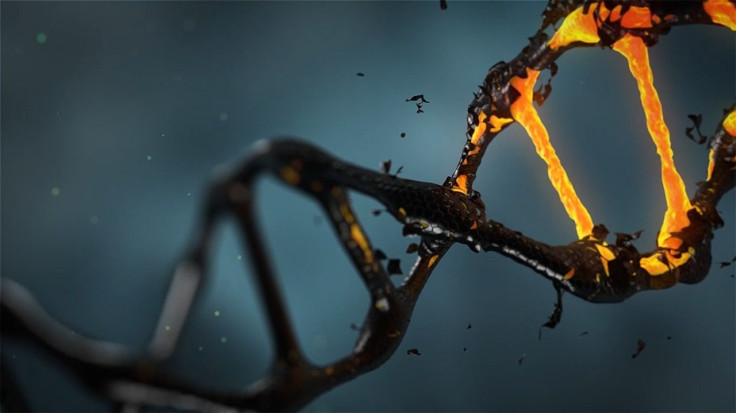American Scientists Use Gene-Editing CRISPR Technology On Human Embryos

Researchers in Oregon are the first in the United States to use gene-editing technology on human embryos, according to a report in the MIT Technology Review.
The scientists used a technique called CRISPR that is designed to remove detrimental genes from a living creature’s DNA and replace them with healthy ones. The embryos were not implanted into a womb.
Supporters of CRISPR point to the potential for gene-editing to eradicate inherited diseases and birth defects, among other issues, while opponents warn against its potential for abuse, including creating “designer babies” for which parents could pay to choose superficial traits like hair and eye color in their children.
Read: What Are the Consequences of Editing Human Genes?
Because the technology makes changes on a genetic level, such a change would also be reflected in the future offspring of any patient, adding to the controversy. Some scientists also worry about the potential for mistakes — as much as experts know about human genetics, there is still much to learn, and it’s possible that making a change in one area of DNA could have an unintended effect on another.
Although scientists around the world have been testing out gene-editing tools on plants and other living creatures, such as mice, testing on human material like an embryo is rare. The process has previously been performed on human embryos in China.
In Portland, they were dealing with one-cell embryos created from sperm that was carrying disease-causing genetic mutations. After editing their genes to remove those mutations, they let them develop for a few days.
It was not clear what the inherited disease was.
“So far as I know this will be the first study reported in the U.S.,” one of the researchers, Jun Wu from the Salk Institute in La Jolla, California, told the MIT Technology Review.
Their results have not yet been published but are said to show that it is possible to use the technology without unintended changes to other parts of the genome, and to make all the cells in an embryo acquire the genetic change, rather than just some of them.
“This is the kind of research that is essential if we are to know if it’s possible to safely and precisely make corrections in embryos’ DNA to repair disease-causing genes,” Alta Charo, a bioethicist at the University of Wisconsin, Madison, said, according to Business Insider. “While there will be time for the public to decide if they want to get rid of regulatory obstacles to these studies, I do not find them inherently unethical.”
Read: Does Evolution Favor the Genes that Cause Autism?
Business Insider notes that the regulatory obstacles currently in place in the U.S. include a ban on federal funding from the National Institutes of Health for experiments that involve editing the genes of human embryos.
“Genome editing to enhance traits or abilities beyond ordinary health raises concerns about whether the benefits can outweigh the risks, and about fairness if available only to some people,” Charo told the MIT Technology Review.
© Copyright IBTimes 2024. All rights reserved.





















